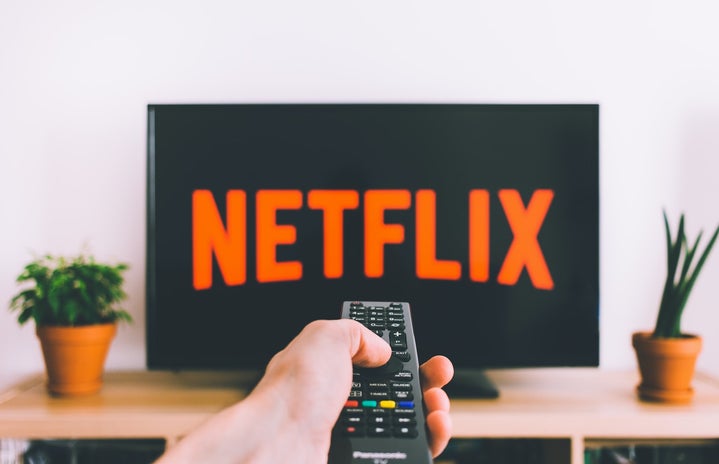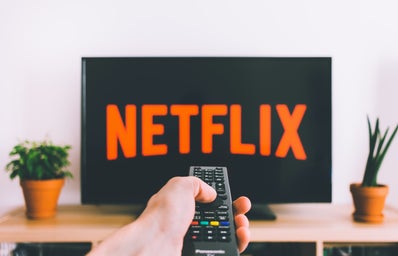LGBTQIA+ representation in the books we read and the films and shows we watch give great visibility to the queer community. This representation is more likely to affirm gender and sexuality identities and create self-confidence from seeing yourself being represented in nonfiction or fictional characters in the media. However, Queer Coding and Queer Baiting can limit the inclusion of queer identities on screen, and discussions have arisen regarding the harmful effects and differences of how queer characters are presented. Looking for Queer Coding and Queer Baiting in media can make us decide if a certain book or television show is accurately representing the LGBTQIA+ community, but we have to understand what is explicitly negative about these practices.
Queer Coding has a long history and has evolved overtime, but it shouldn’t be not considered inherenty negative due to the historical contexts of queer representation in literature. We should understand that LGBTQIA+ representation in the media wasn’t truly mainstream until the 21st century, and most authors never included openly queer characters in literature because those books would automatically be banned and authors would be prosecuted. Even today, there is pushback to the inclusions of openly queer characters, and authors are affected by the “banned book” lists and parental arguments for not letting kids see queer representation. But, we can definitely look at books published in the past and see that characters and plots were written with queer subtexts. Every reader can make a personal choice to read charcters as queer or not.
For example, Oscar Wilde’s The Picture of Dorian Gray, published in 1891, had heavy homoerotic themes steming from the titular character’s close relationships with other male characters that imply sexual awakenings and interests. We cannot shame Wilde for not making Dorian Gray openly gay when Widle himself was put in jail for having relationships with men and understood the consequences of publishing a queer novel at that time. Many queer readers have also identified with Lousia May Alcott’s protagonist in Little Women, Jo March. Jo acts outside the norm in society in the 1860s: she is outspoken, plans to never marry a man, and ultimately wishes to rise up in society by succeeding as a female writer. Again, a queer female protagonsist would be impossible to market in a book published in 1869, but anyone can choose to read Jo’s journey as a struggle with her sexuality while facing the pressure of marrying a man and acting feminine.
Television, movies, and books are now much more free and encouraged to include characters and plotlines to represent members of the queer community, so queer coding should, in theory, not be neccessary anymore. In the 21st century, writers shouldn’t feel as though they have to hide a character’s sexuality and limit them to queer subtext. This is where queer coding can become harmful to viewers or readers now; if a character is largely read as being queer but is never explicitly defined in their idenity, we may feel like creators are shying away from representation and inclusion.
Queerbaiting is much more damaging and has become more prevalent in the media today. This is when a character is heavily hinted as queer, but the media never includes real representation. Many times, this character or their plot is used to draw audiences in, who become invested in their identity or relationships. For example, J. K. Rowling has used her character, Albus Dumbledore, in the recent “Fantastic Beasts” franchise to bait viewers into believing that they would see queer representaiton on screen. After the Harry Potter book series ended, Rowling claimed that Dumbledore was gay without any real evidence from the books to prove this. The series has absolutely no LGBTIA+ representation. Since then, people have believed that this character would have a real relationship on screen in these new movies and his queer identity would be developed, but that has yet to happen and will likely not happen under Rowling and director David Yates in this film franchise.
Some media accounts that promote television shows will also use audiences’ perceptions of characters to post queer-baiting pictures or insinuate possible queer plotlines in order to increase viewership. Overall, without real LGBTQIA+ representation in media, queerbaiting manipulates the audience’s hopes and uses characters as a way to entice viewers without ever fulfilling their expectations.
-Maria Sell, ‘23
Examples:
Queer Coding: Ryan Evans from HSM
Despite Kenny Ortega wanting Ryan to be be explicitly gay, the 2006 DCOM aired without any mention of his sexuality. Despite this, throughout the three movies Ryan is heavily coded as queer, between his wardrobe, his hobbies, and the undeniable chemistry with Chad. Years later Ryan was confirmed as being gay, but without Disney’s approval the movie was forced to use only coding and subtext to get the message across.
Queer Baiting: Beauty and the Beast
After reeling fans in with the promise of Lefou being confirmed as gay, the film did little to affirm this. There was barely any explicit mention of his identity, and to find any confirmation required reading between the lines. Rather than actually portraying an openly gay character (for the first time) on screen, Disney simply used it as a tool to entice its LGBTQ+ audience.
-Hannah Grinnell, ‘24


